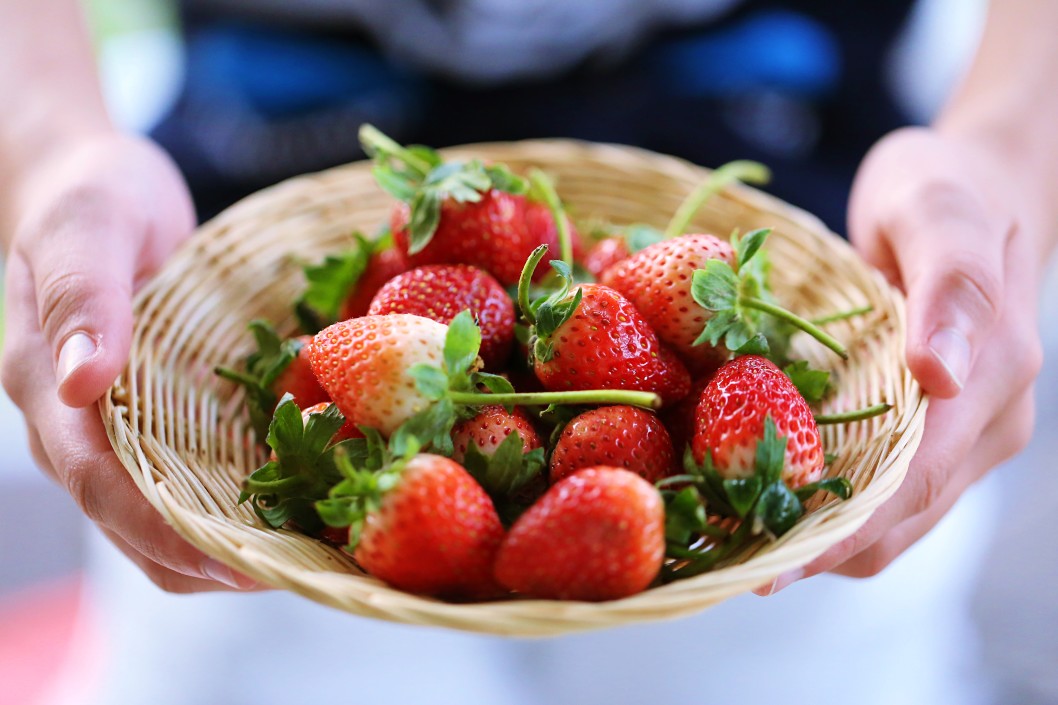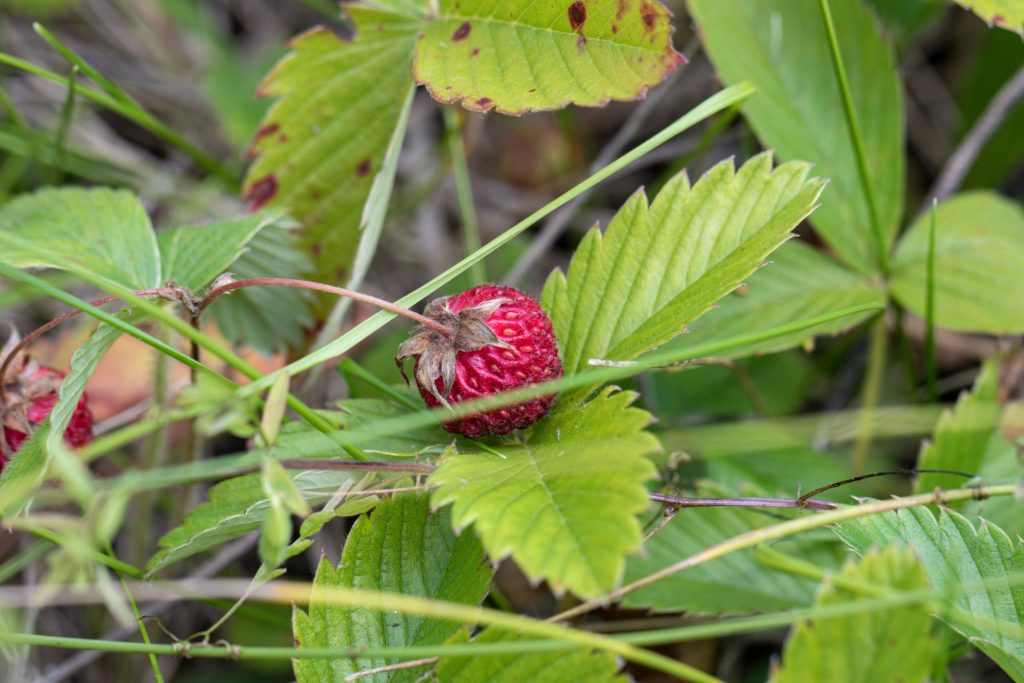Every farmer desires that their plants flourish and grow as they ought with no problems whatsoever. An indication that your farm is producing well is the color of your plant’s leaves.
You need no one to tell that green leaves are an indication that your plant is doing well and will produce healthy fruits (for fruit plants). For strawberries, its leaves are the first thing that shows a sign when something is off, alongside its fruits. Red strawberries and green leaves help the farmer know that he is doing well and his strawberries are thriving.
Unfortunately, for many reasons, a lot of farmers have to deal with their plant’s leaves turning brown, which is a sign that something is wrong. A more pressing problem is that many also do not know how to fix the brown leaves issues.
Strawberries are one of the most loved fruits in the world. The strawberries we are familiar with are a hybrid of two species of strawberries, found in Chile and North America. Strawberries are quite easy to grow, as long as their care routine is provided.
A major requirement for strawberries is full sunlight; strawberries thrive best when they are provided 8 to 10 hours of sunlight daily, which is why they are best grown in warm weather. For strawberries; the more sunlight it receives, the more it produces healthy and red fruits.
How to Fix Strawberry Leaves Turning Brown Issues
The first step to knowing how to fix your strawberry leaves that are turning brown is to know why they are turning brown.
That is, first identify the cause, before the solutions. The causes of your strawberry leaving turning brown can be a lot of things, which will be discussed below, alongside their remedies.
1. Improper Watering
Watering is a major deal for strawberries and you can lose all the hard work you have put into the plant when you do not water or do not water as much as you should. Watering is one thing, knowing when to water and how to water your strawberries is another, both are important.
For example, during the hot seasons, it is recommended that you water your strawberry plant between 10 am and 5 pm; this allows the plant to soak up as much as it needs, and not lose it to evaporation.
Another cause of browning as about watering is not watering your plant enough, also known as under-watering. During the summer, strawberries can become dehydrated, and not watering them enough can cause browning.
Although strawberries enjoy being placed where they can get full sun, it also needs water to survive. Watering strawberries is also dependent on several factors such as type of soil, environment, etc.
Overwatering is also one reason your plant is turning brown, strawberry plants do not enjoy being placed in wet soil, hence if you have been overwatering your plant, it will affect its health. All that strawberries crave is balance in watering, ensure you water at the right time, with the right amount of water, and your plant will flourish.
2. Diseases And Pest
A notable cause of browning on strawberry leaves is diseases and pests. It is becoming a common occurrence that plants at one point or another may have to fight against pests and diseases.
Some several diseases and pests can make strawberries turn brown and they are as follow;

3. Verticillium Wilt
This disease is known to affect the root and crown of the strawberry plant. It causes browning on the edges of the leaves.
Strawberry plants are usually affected by verticillium wilt in their first year; however, there are strawberry varieties that are resistant to the disease.
4. Leaf Blight
Leaf blight is a fungal disease that is known to affect the growth of strawberry plants. It comes as black, tiny spots on the leaf and increases over time.
These black spots then turn to brown marks, with a reddish-purple border. Although it is almost impossible to get rid of leaf blight, you can slow down its spread with the use of fungicides. Ensure the fungicide you are using has copper, captan, and myclobutanil as ingredients.
5. Leaf Spot
Leaf spot is a common fungal disease, it is also known as Mycosphaerella fragariae. Leaf spots appear on the plant as purple or gray spots with a whitish center.
The fungi reside in the soil; hence it might be difficult to get rid of them. It can affect all strawberry plants that are in the surrounding area. The best way to get rid of this is to purchase specific strawberry species that are resistant to the disease.
6. Leaf Scorch
Leaf scorch is regarded as the most common disease found in strawberry plants in the U.S. also known as ilocarpon earlianis, leaf scorch that appears as purple, red, or yellow on the leaves and even other parts of the plant.
Sometimes, some strawberry plants are usually already infected before they are purchased; hence you have to be observant to identify irregularities on your plant. As the infection progresses, the leaf begins to turn brown and then dies.
Leaf scorch is mostly caused by the plant’s inability to take moisture from the soil, especially during the winter. To prevent the spread of the disease, ensure you clear the soil of all infected plants and re-pot your plant to another fresh soil, in another pot. Ensure you keep your strawberry plant hydrated too.
7. Powdery Mildew
The disease is known to be caused by podosphaera aphanisi, the fungus that is known to attack all parts of the plant, including the fruits and flowers.
The disease becomes visible as fluffy white patches on the leaves, which eventually become red, then purple, and then brown. To solve the problem of powdery mildew, purchase fungicides and follow the instructions on it. Preferably, purchase an organic fungicide.
8. Nematodes
These are roundworms, they appear to be tiny, and however, they can cause a lot of damage to your strawberry plant once they increase.
A plant that is infected by nematodes is identified by yellowing or browning of leaves, alongside this, the plant begins to experience stunted growth. Nematodes are found in the soil, to get rid of them, bake your soil to about 140 degrees F in the oven.
9. Nutrient Deficiencies
This is the most common reason for browning. This is common in places where there has been overplanting or the soil lacks nitrogen.
Browning occurs as a result of a lack of chloroplast, which reduces the synthesis of chlorophyll. The best way to fix this is to purchase fertilizer, either an organic or non-organic NPK fertilizer.
Final Thoughts
Browning on the leaves is an indication that your plant is not healthy. We recommend that you observe your plant for possible problems once you identify that it is changing colors.
The cause of browning will not only affect the leaves but also the fruits. Early prevention can also save your plant from experiencing these. We advise that you ensure the soil is healthy enough to grow on it before you do so.

